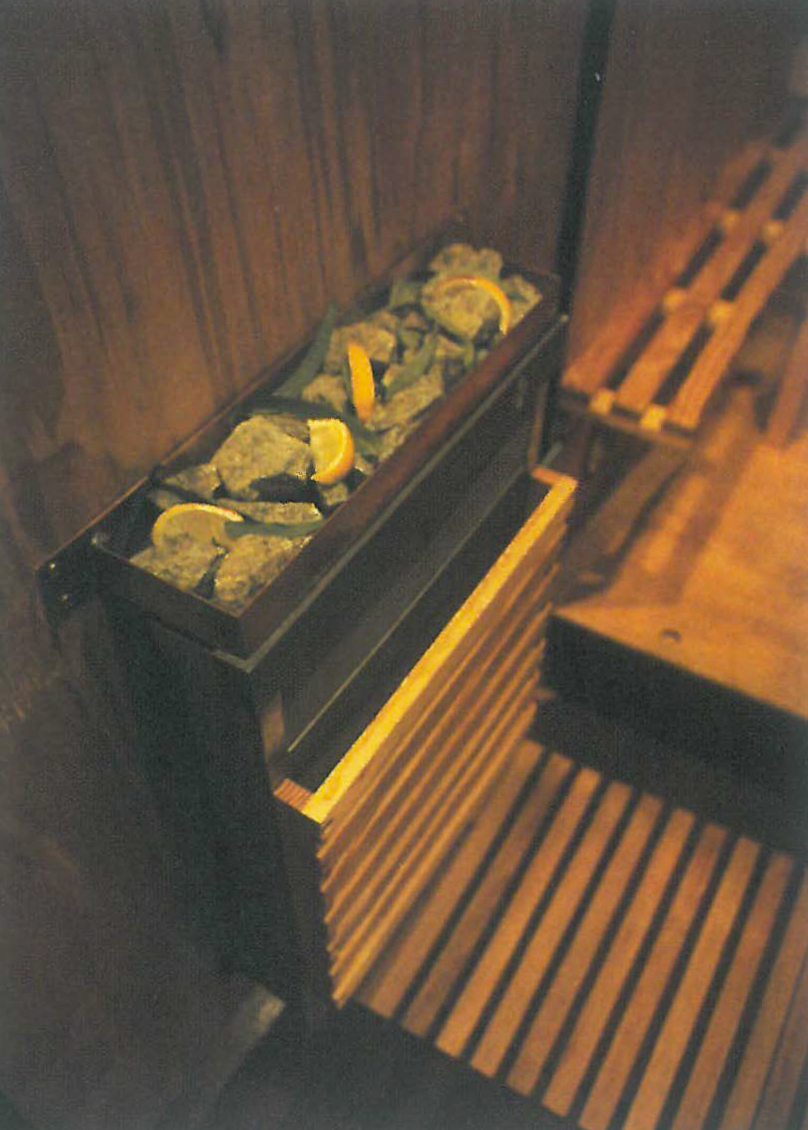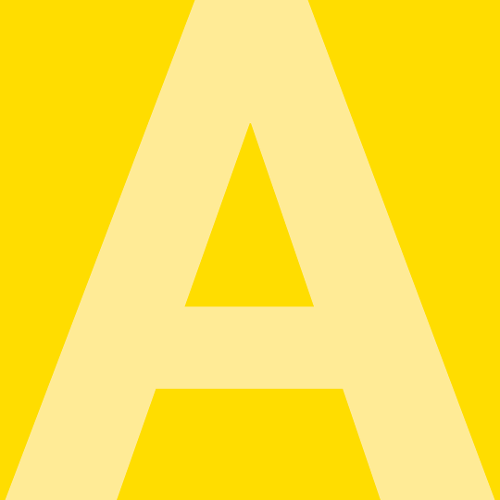
Chiasm, a group exhibition at PICA, explores notions of the form, purpose and meaning of replication, and how these values shift when they are re-contextualised in an exhibition site. Seven artists have contributed work to an honest and thought-provoking show curated by Katie Major.
A chiasm is a crossing point, an intersection, a decussation, a junction where one stream blends into another. It is also a Greek grammatical construction in which the elements of two adjacent phrases are reversed so as to mirror each other at the point of
intersection.
Richard Giblet's impressive life-sized escalator accurately constructed from cardboard explores the conjunction in our every day consciousness of banal objects that we barely register but interact with automatically. The duplicity of this position is reflected in the faithful re-construction of a familiar, practical object in non-usable materials and sited so that it goes nowhere.
Ric Spencer's large, austerely bleached photograph of ragged, inner city Perth offers an alienated, emotionless vision of urban reality. Yet it is also an obliquely personal and passionate statement, creating a doubling /dichotomy in the response to recognisable and familiar local experience.
Bevan Honey has contributed two evocative and visually intriguing charcoal drawings overlaid on digitally sourced images of large scaffolding constructions. There is an absence of any actual construction within the skeletal framework. The inner vacuum framed by fragile, insubstantial scaffolding is an astute, intuitive response to the deceptive nature of the visible city with its lack of physical or human substance. Honey's titles for the works, (Pre-Tower and Pre-Library), extend the metaphor in a temporal sense, evoking the chiasm of crossing from concept to actuality.
The most substantial work in Chiasm is Andrew Smith's Sauna. A working installation, it functions as a practical design for a portable domestic sauna, with allusions to the great Australian tradition of DIY, the endlessly re-invented bush shower and the sauna's long history as a social lubricant and agent of ritual purification.
At the same time, Sauna is a context-related artwork. It transforms a public exhibition space into an intimate and private space within the exhibition where the viewer can relax, reflect and open to experience. It invests the art world with the possibility of physical and mental rest and re-creation as a parallel to other restorative and re-creative possibilities in the context of a cultural site. Sauna therefore has currency in both worlds, functioning in daily life and within the art context.
Beautifully made, Sauna seats two individuals and is designed to be an ergonomic, user-friendly model that operates from a domestic power source. It is available to be rented, borrowed or leased as a usable object and can also be exhibited or collected as an artwork. Originally a packing case for another work, it is a part of an ongoing series of multi-purpose artworks that have dual lives as functional objects and cultural artefacts. Smith is working in a lively contemporary context where art intersects with architecture, design, DIY, and the practical and social aspects of daily life. Sauna simultaneously addresses poetic and metaphoric issues of the body, intimacy, privacy and the wholeness of the individual in the context of contemporary urban life.
More effective information, however, could have enhanced people's enjoyment of Chiasm.
Also at PICA were three other shows: Harry Hummerston's An Enduring Symbol. The skull is a very enduring symbol for Hummerston and here he offers lively and effective renditions in a variety of media.
Mark Cypher in Objectum shows inventive and lyrical wall sculptures, including the touchingly innocent The Garden, constructed from wooden bowls, and the image of the boy from Balga imprinted with something like autumn toned upholstery fabric.
In the main upstairs gallery, Matthew Hunt's Core is a coherent and resonant body of work. A wall of bleak curtain rods alludes to the screened rooms where unseen depravities take place. In Duplex/Complex Complexion the rods become copper pipe worked into self- perpetuating plumbing intricacies, and eventually shower fittings with the potent threat of privacy invaded, and ultimately of the extermination systems of Auschwitz. The third segment is a series of photographs derived from homemade porn sites on the web, from which only details of domestic interiors are used. Hunt has the insight to recognise the universal ambiguity that confuses such cheerless images with poignant and intimate details of our own lives.
Hunt's is a rich and complex show. However, the casual viewer would understand little of its subtlety in the absence of any accessible information. There is an opaquely written catalogue which will reward the committed reader.












